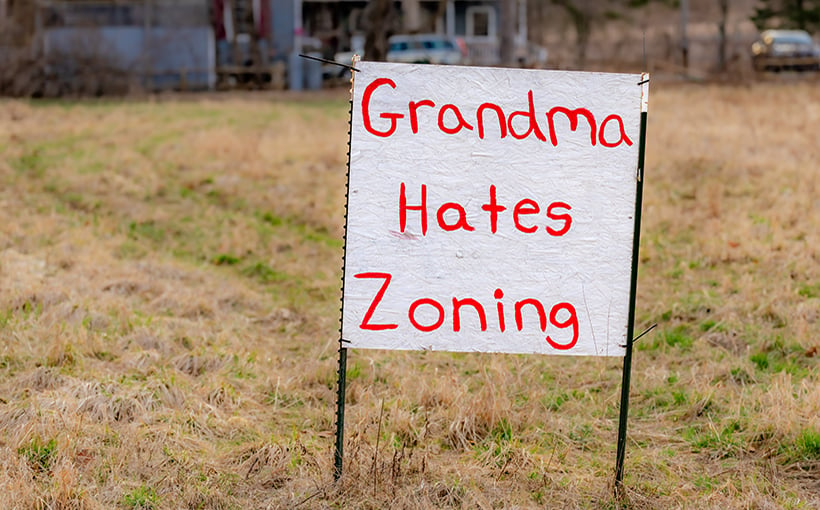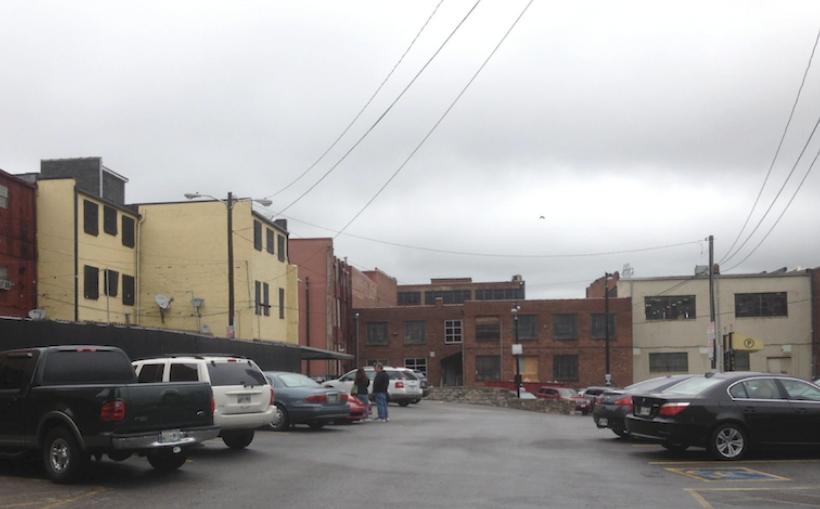Multifamily development faces several challenges, including limited land availability, lack of capital, high interest rates and inflation. These obstacles are compounded by the NIMBY (“not in my backyard”) sentiment that has become a major issue in the real estate industry. According to Matthews Real Estate Investment Services experts, NIMBYism emerged in the 1970s and has since evolved into a delicate catch-22 for Americans.
This catch-22 is driven by both an urgent need for more housing due to underdevelopment and a growing population, as well as opposition from NIMBYs who do not want new developments in their neighborhoods. On the other hand, there are YIMBYs (“yes in my backyard”), which include renters, developers, investors and affordability advocates who support new multifamily projects.
The concerns of NIMBYs stem from fears that dense multifamily development will decrease property values and change their neighborhood dynamic with increased crime and traffic. Additionally,some may have negative perceptions towards developers profiting off these projects while also being resistant to change.
Instead of trying to sway the opinions of NIMBYS,the focus should be on garnering community support by highlighting how these developments can benefit local residents.The responsibility falls on developers to address this pressing need for more housing while navigating through zoning laws with potential delays.Yimby’s must also recognize that some level of opposition is inevitable when it comes to change,and they may require assistance from local governments.
In conclusion,Nimbys will always exist,but it’s crucial for America’s housing gap needs be addressed.As stated by Connect CRE,”the goal is bridging this disparity between nostalgia-driven Nimbyers’ motives with reason,a lot planning,and one common belief: people need homes.”



